Cherrybark Oak Tree (Quercus Pagoda) – 1 Gallon Pot
$39.97 Original price was: $39.97.$27.98Current price is: $27.98.
SKU: D2LSC 2451369749 Category: NATIVE PLANTS
- Elevate Your Shopping Experience
- Get Quality, Get More
- 7-Day Returns, 100% Quality
- Protect Your Wallet with Safe Payments

Cherrybark Oak
Quercus pagoda
Other Common Names: Cherry Bark Oak
Plant Details
USDA Plant Hardiness Zones: 6a-9b Find Your Zone
Shrub Type: Deciduous Tree
Height at Maturity: 90-130′
Width at Maturity: 40-70′
Spacing: 60+ feet for space between trees
Growth Habit / Form: Upright Broad Rounded
Growth Rate: Fast, 2’+ per year
Flower Color: Gold Yellow
Flower Size: Insignificant
Flowering Period: Spring
Flower Type: Catkin
Fragrant Flowers: na
Foliage Color: Deep Green, Yellow-Brown in Fall
Fragrant Foliage: No
Fruit: Yes, acorn nuts are edible after tannins are boiled or leached out
Sun Needs: Full Sun to Part Shade; at least 5 hours of direct sun per day suggested
Water Needs: Average
Soil Type: Clay (Sandy Clay Loam), Loam, Sandy, Silty
Soil Moisture / Drainage: Moist But Well-Drained
Soil pH: 5.0–6.5 (Acid to Slightly Acid)
Maintenance / Care: Low
Attracts: Birds, Butterflies, Mammals, Moths
Resistances: Deer, Disease, Heat, Humidity
Description
One of the most prized and fastest growing of the red oaks, the Cherrybark Oak is a towering North American native tree that will add 2 or more feet in size every year reaching a height of 90 to 130 feet and a width of 50 to 70 feet when grown in the open. The large dark green leaves up to 8 inches long with 5 to 11 lobes resemble the shape of pagoda, hence the name, and turn yellow-brown in the fall. Insignificant flowers occur in spring in the form of catkins which are followed by small, rounded, brown acorns wearing a feathered, copper color top cap. Young bark is smooth and light grey becoming ridged and darker grey with age. As is with most oak trees, the Cherrybark Oak has many benefits to wildlife, supporting many species of butterflies, moths, birds and mammals. It is highly adaptable to most any soil type, including clay, provided the soil is of average fertility and well drained. It is quite drought tolerant when established but will also tolerate occasionally flooding. This long-lived and no-maintenance oak is ideal for use as a shade tree in large areas or in groupings or groves for forestation and reclamation projects.
Wildlife Benefits
The wildlife benefits of the Cherrybark Oak are numerous. The acorns are an important source of food to such birds as the Wood Duck, Wild Turkey, White-Breasted Nuthatch, Blue Jay, Red-Headed Woodpecker, Red-Bellied Woodpecker, and Tufted Titmouse. The acorns are also a source of food to many mammals, including the Black Bear, Raccoon, White-Tailed Deer, Gray Squirrel, Fox Squirrel, and White-Footed Mouse. The Summer Tanager, Blue-Gray Gnatcatcher, Northern Parula, Yellow-Throated Vireo, Swainson’s Hawk, and other birds construct their nests in oak trees. It also supports a wide variety of Lepidopteran. You may see moths and butterflies such as Imperial Moth, Banded Hairstreak, Edward’s Hairstreak, Gray Hairstreak, White-M Hairstreak, Horace’s Duskywing and Juvenal’s Duskywing.
Landscape & Garden Uses
Growing 90 to 130 feet tall and 50 to 70 feet wide at maturity, the Cherrybark Oak is ideal for use as a shade tree around the home and outdoor living spaces. When planted on the west side of a home the shade it provides can significantly reduce cooling costs. Also excellent in groupings for forestation or reclamation projects. Its preference for a moist soil makes it a fine choice near lakes, creeks rivers and other bodies of water. A fine addition to the Xeriscape (low water needs), native plant gardens and wildlife gardens where the acorns are eaten by squirrels, chipmunks, deer, wild turkeys, blue jays, red-headed woodpeckers and many other wildlife species. Also provides a canopy for shelter.
Suggested Spacing: 75+ feet for space between trees
Growing Preferences
The Cherrybark Oak is very easy to grow in most any moist but well-drained soil of average fertility and full sun to part shade. Established trees are quite drought tolerant and will tolerate occasionally flooding but not constantly standing water. We suggest at least 5 or more hours of direct sunlight per day. A very low maintenance tree that requires no pruning unless you want to remove some lower branches to expose more trunk. Young trees will benefit from fertilizer however older trees can usually get the needed nutrients from the soil and rain water.
Note: Find helpful advice from our experts under the Planting & Care tab above on desktop screens and below on mobile phones.
Plant Long & Prosper!
Meet The Wilson Brothers & Staff
Questions? Contact Us
Be the first to review “Cherrybark Oak Tree (Quercus Pagoda) – 1 Gallon Pot” Cancel reply
Related products
Sale!
NATIVE PLANTS
Sale!
NATIVE PLANTS
Sale!
Sale!
NATIVE PLANTS
Sale!
NATIVE PLANTS
Sale!
Sale!
NATIVE PLANTS
Sale!
NATIVE PLANTS

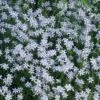
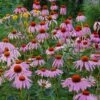


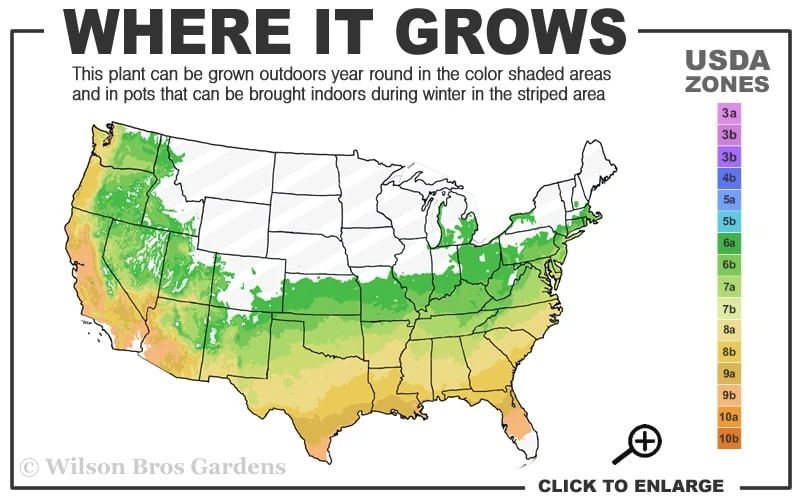
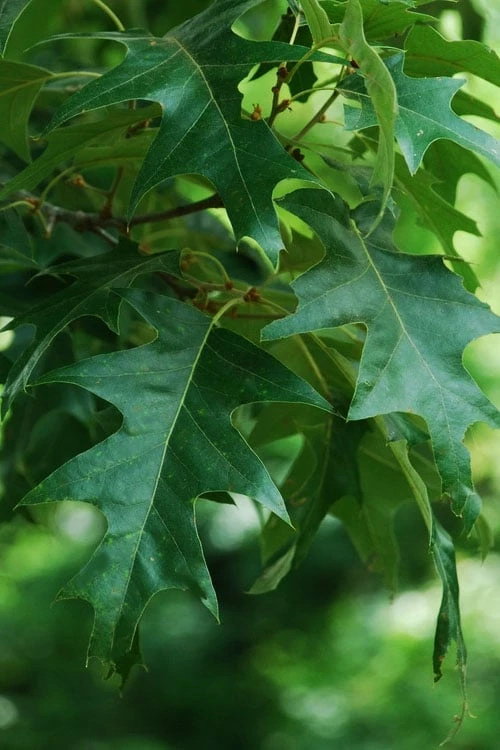
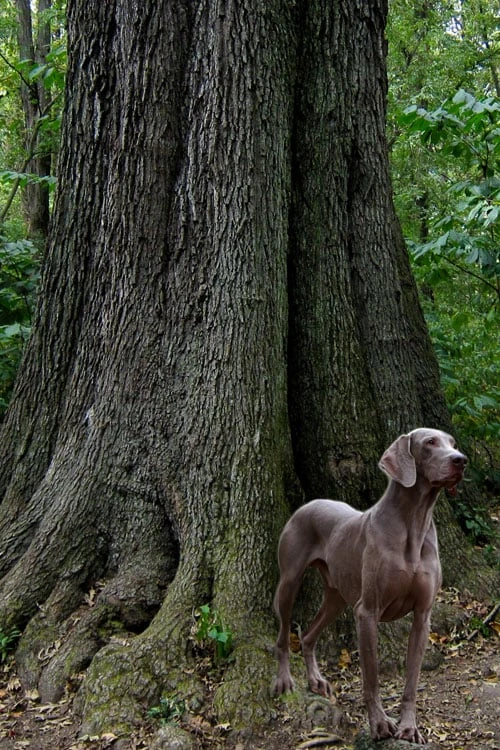
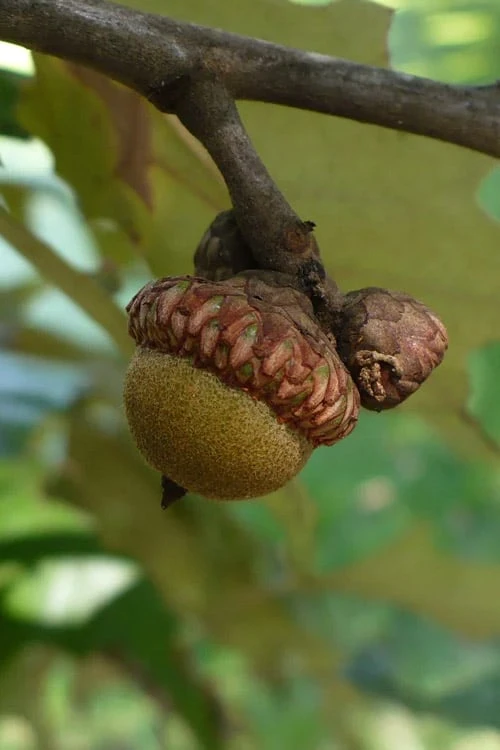
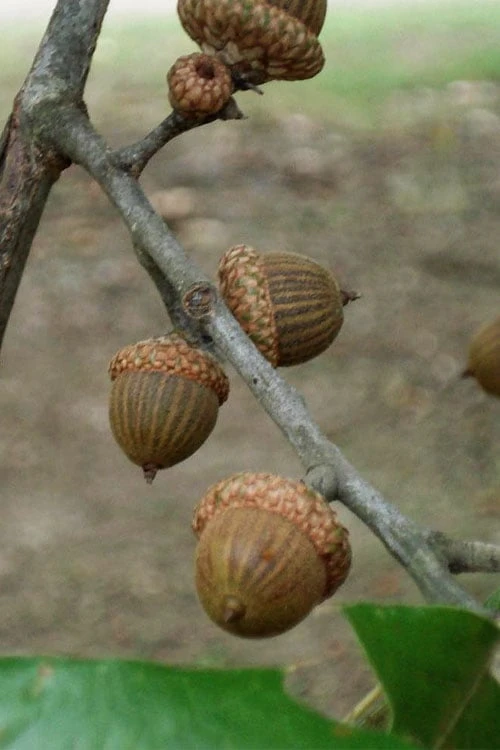
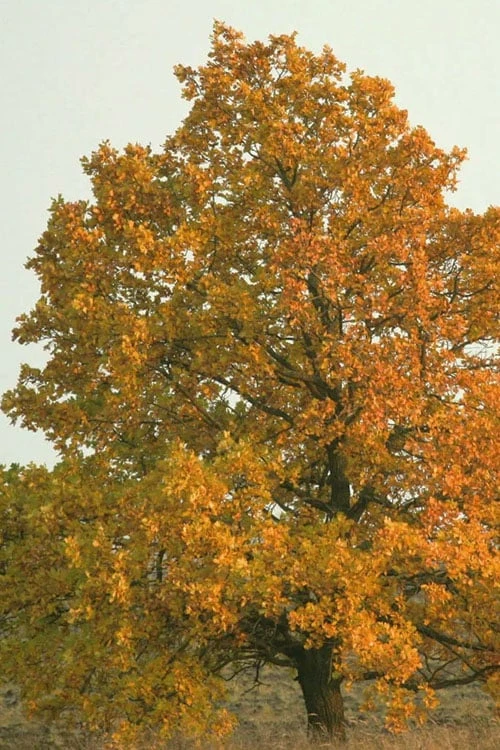
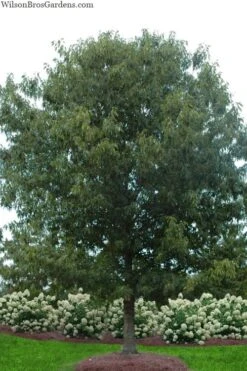

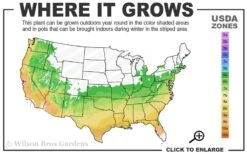

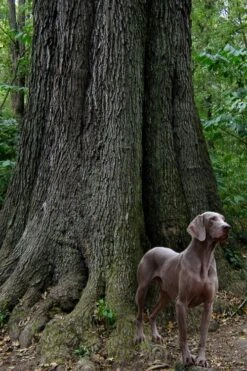
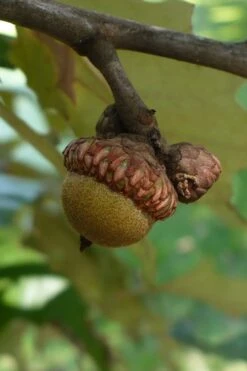

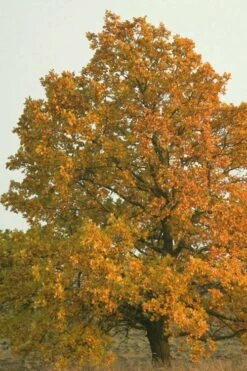


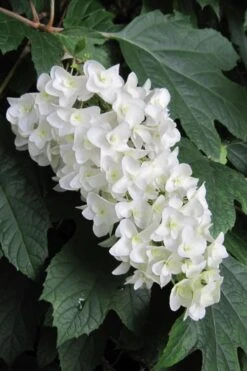

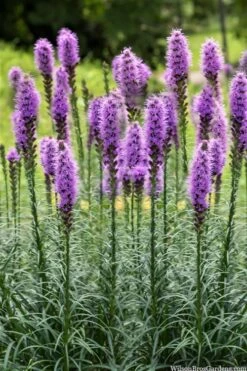

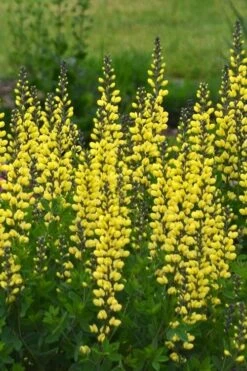

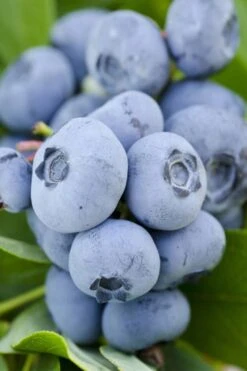

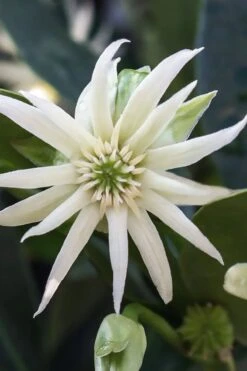

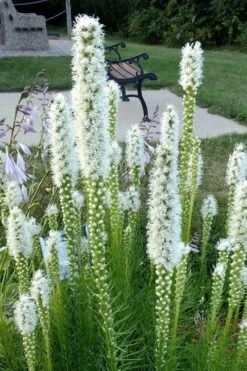

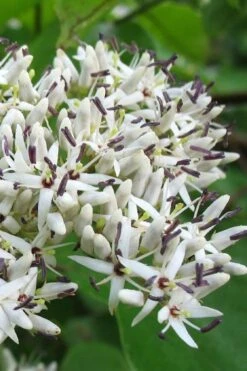

Reviews
There are no reviews yet.